Table of Contents
If you’re looking for what eats snakes, you will find that they occupy a unique ecological niche as both predators and prey. While they are formidable hunters, diverse creatures across various habitats consider snakes a prime meal option. From sleek mammals to avian predators and even fellow reptiles, the list of animals that hunt and devour snakes is extensive, reflecting the dynamic interplay of predator-prey relationships in nature.
At the top of the list are birds of prey renowned for their prowess in hunting snakes. Raptors such as eagles, hawks, and owls possess keen eyesight, sharp talons, and powerful beaks, making them formidable adversaries for snakes. These aerial predators swoop on unsuspecting serpents precisely, often targeting smaller species that roam open landscapes or forested areas.
Mammalian predators also play a significant role in controlling snake populations across diverse habitats. Carnivores like mongooses, foxes, and even domestic cats are known to hunt and consume snakes. Armed with agility, speed, and keen senses, these mammals are skilled hunters capable of outmaneuvering and overpowering their reptilian prey.
Other reptiles, including giant snakes, are another group of predators that snakes must contend with. Certain snake species, such as king snakes and king cobras, exhibit cannibalistic tendencies, preying on smaller or weaker members of their kind. Additionally, monitor lizards, renowned for their voracious appetites and formidable hunting skills, are formidable predators of snakes, often targeting them as a staple food source.
What eats snakes? The list of hunters
Several formidable predators are adept at hunting and consuming dangerous venomous serpents. Here’s a captivating lineup of creatures capable of triumphing over snakes, often making them a meal:
- Wolverine
- Mongoose
- Kingsnake
- Red-tailed Hawk
- Bobcat
- Owls
- Crocodile
- Hedgehog
- American Badger
- Secretary Bird
These animals showcase a remarkable ability to overcome and even prey upon snakes, contributing to their habitats’ intricate dynamics of predator-prey interactions.
Wolverine
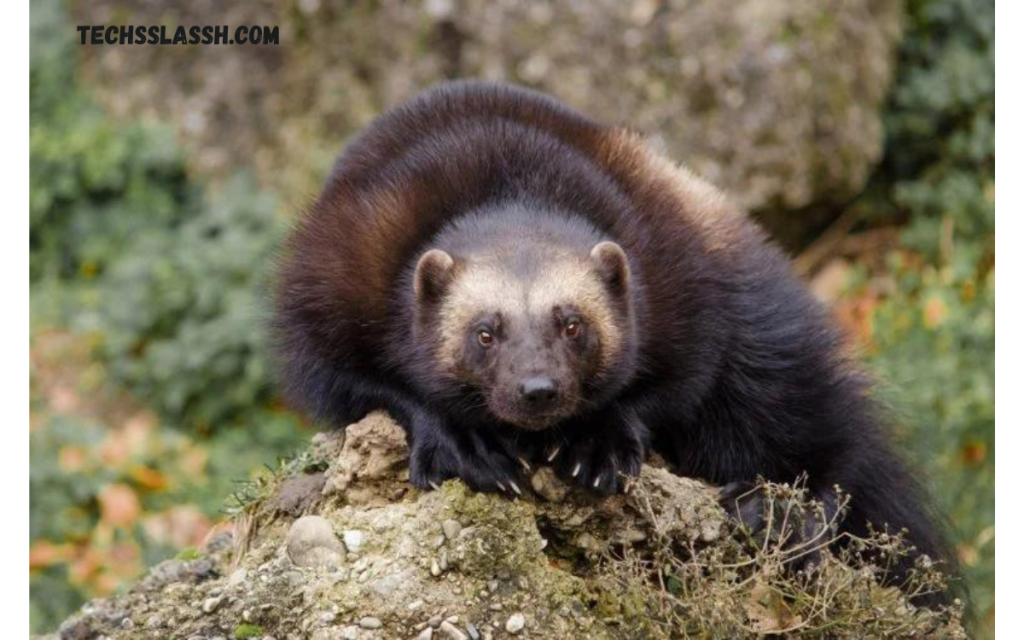
The wolverine, scientifically known as Gulo gulo, is a robust and elusive member of the weasel family in remote, northern regions across North America, Europe, and Asia. Renowned for its ferocity and tenacity, the wolverine possesses formidable characteristics that enable it to survive in harsh environments and to be a skilled predator.
Predators, the wolverine compensates with its immense strength, powerful jaws, and sharp claws. These attributes make it a formidable hunter capable of taking down prey that is much more significant than itself. While wolverines primarily prey on smaller mammals like rodents, rabbits, and birds, they are also known to hunt and consume snakes when possible.
Mongoose
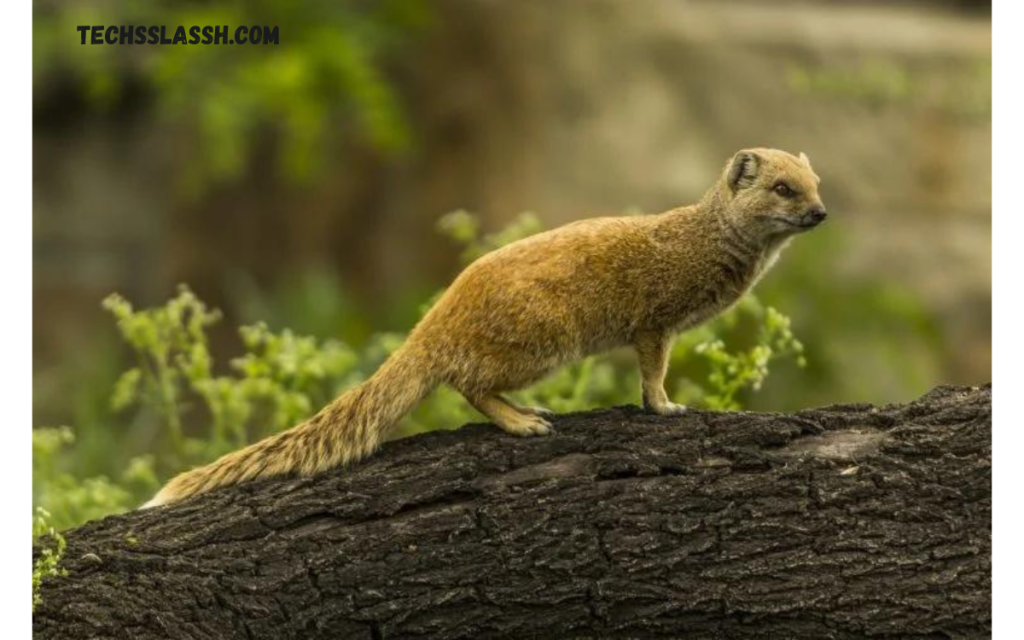
The mongoose is a small carnivorous mammal from the family Herpestidae, found primarily in Africa and parts of Asia. Renowned for its agility, speed, and remarkable ability to take on venomous snakes, the mongoose has garnered attention for its fascinating predatory behavior.
Equipped with sharp claws, keen senses, and lightning-fast reflexes, mongooses are formidable hunters capable of outmaneuvering and subduing their serpentine prey. While mongooses have a varied diet that includes insects, rodents, birds, and eggs, they are perhaps most famous for their confrontations with venomous snakes.
Kingsnake

The kingsnake, a member of the Lampropeltis genus, is a non-venomous colubrid snake native to North and Central America. The kingsnake is uniquely positioned in its ecosystems as both predator and prey.
Kingsnakes, characterized by vibrant colors and distinctive patterns, are highly adaptable creatures that live in various habitats, including forests, grasslands, and deserts. They are also venomous snakes.
Red-tailed Hawk

The red-tailed hawk, scientifically known as Buteo jamaicensis, is a majestic bird of prey throughout North America. With its distinctive red tail feathers and an impressive wingspan, this raptor is renowned for its hunting prowess and keen eyesight, making it a formidable predator in various ecosystems.
The red-tailed hawk primarily preys on small mammals such as rodents, rabbits, and squirrels. However, it is also known to hunt a diverse range of prey, including birds, reptiles, and even giant insects.
Bobcat

Renowned for its elusive nature and superb hunting abilities, the bobcat is a skilled predator crucial in maintaining ecosystem balance.
Owls
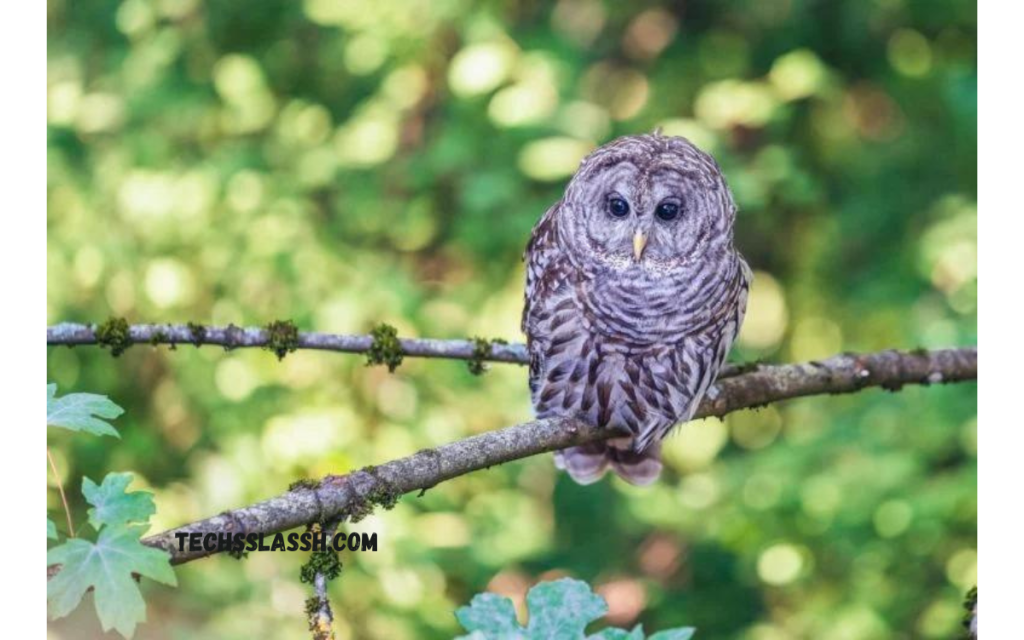
Owls are revered for their nocturnal prowess and silent flight and are formidable hunters across diverse habitats worldwide. These birds of prey belong to the order Strigiformes and are characterized by their large eyes, keen hearing, and sharp nails, all of which contribute to their exceptional hunting abilities.
Crocodile
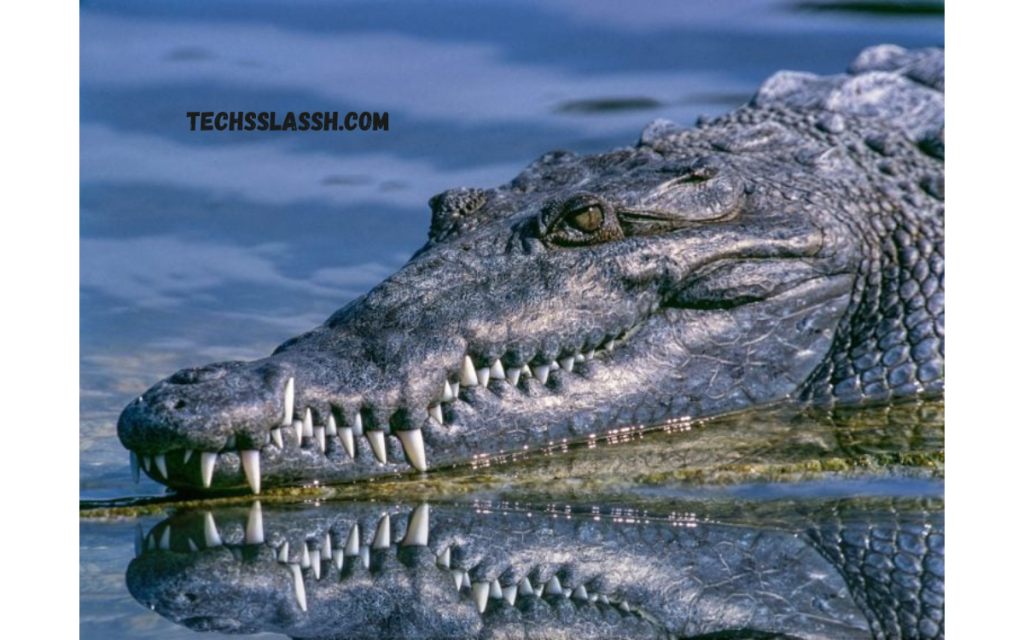
The crocodile, a formidable apex predator inhabiting freshwater and saltwater habitats across the tropics, is renowned for its strength, stealth, and fearsome reputation. Belonging to the order Crocodylia, these ancient reptiles have roamed the Earth for millions of years, evolving into efficient hunters with a diverse diet that includes fish, mammals, birds, and even other reptiles.
While crocodiles are primarily known for their ambush hunting tactics near water bodies, they are also skilled predators of snakes. Snakes form part of the crocodile’s varied diet, particularly in regions where both species coexist in overlapping habitats.
Hedgehog
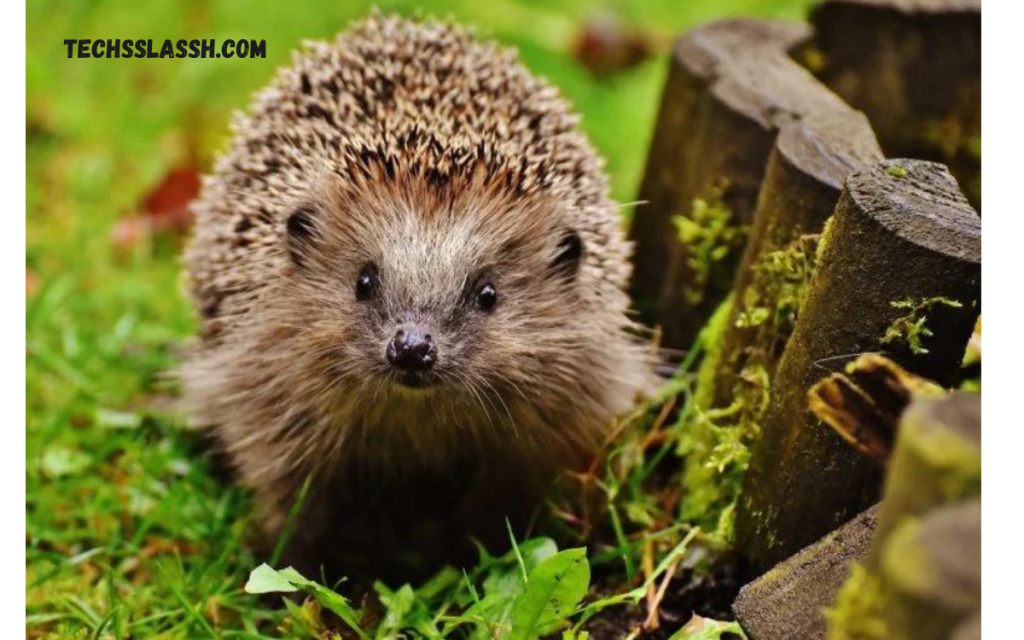
The hedgehog, a small and spiny mammal belonging to the family Erinaceidae, is known for its unique appearance and nocturnal habits. In various habitats across Europe, Asia, and Africa, hedgehogs are adept hunters with a diverse diet, including insects, worms, small rodents, and even snakes.
While snakes may not constitute the primary prey for hedgehogs, these spiky mammals are known to target them when encountered opportunistically. Hedgehogs possess sharp teeth and strong jaws, which they use to capture and consume small snakes, particularly those found in their terrestrial habitats.
American Badger
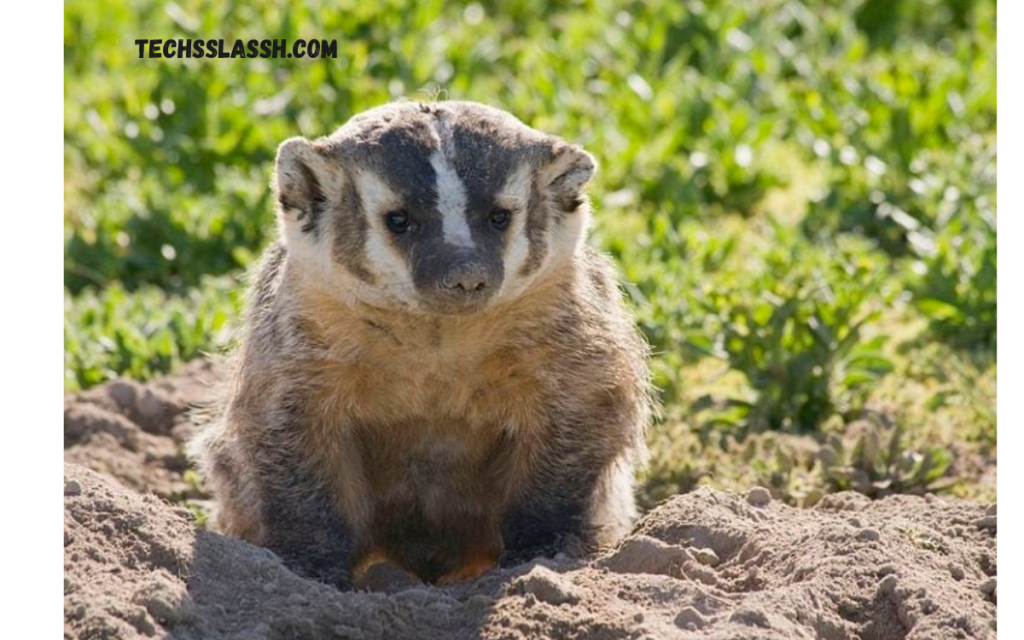
The American badger, a robust and burrowing mammal native to North America, is renowned for its tenacity and formidable hunting skills. Belonging to the Mustelidae family, these solitary creatures are known for their distinctive appearance: their flattened body, powerful legs, and a broad head equipped with strong jaws and sharp claws.
Secretary Bird

The Secretary bird is an iconic and striking bird of prey native to sub-Saharan Africa. It stands out for its unique appearance and formidable hunting abilities. Despite its name, this bird belongs to the family Sagittariidae and is renowned for its long legs, the distinctive crest of feathers on its head, and a sharp, hooked beak.
Primarily found in savannas and grasslands, the Secretary bird is an opportunistic predator with a varied diet that includes insects, small mammals, birds, and reptiles, including snakes. Snakes form a significant part of the Secretary bird’s diet, and it is known for its remarkable skill in hunting and consuming them.
Frequently Asked Questions
What animals are known for hunting snakes?
Predators that commonly hunt and consume snakes include mammals like mongooses and foxes and certain species of snakes, such as king snakes.
How do predators protect themselves from snake venom?
Many predators have developed physiological adaptations that provide varying resistance to snake venom. For example, some animals, like mongooses and honey badgers, possess specialized enzymes that neutralize the poison. In contrast, others, like birds of prey, may target the snake’s head to minimize the risk of being bitten.
Do all animals that eat snakes eat venomous ones?
Not all animals that prey on snakes consume venomous species. While some predators, like king snakes and secretary birds, are known to actively seek out and consume venomous snakes, others may avoid them altogether.
Why is it essential for certain animals to prey on snakes?
Predators that feed on snakes help regulate snake populations and prevent overgrazing of other species. Additionally, controlling snake populations can reduce the likelihood of human-snake conflicts in areas where snakes threaten humans and livestock.
Are there any animals that are immune to snake venom?
While no animal is entirely immune to snake venom, some species have evolved varying resistance to it. For example, certain mammals like mongooses, honey badgers, and hedgehogs possess physiological adaptations that enable them to tolerate snake venom to some extent, allowing them to hunt and consume venomous snakes without succumbing to their venom.
Conclusion
A diverse array of predators across different habitats prey on snakes, contributing to the intricate balance of predator-prey relationships in ecosystems worldwide. From birds of prey and mammals to reptiles, amphibians, and even invertebrates, various animals have evolved specialized hunting techniques and physiological adaptations to hunt and consume snakes.
These predators are crucial in controlling snake populations, preventing overgrazing of other species, and reducing the likelihood of human-snake conflicts in areas where snakes pose a threat. Understanding the dynamics of snake predation sheds light on the fascinating adaptations of predator species. As such, continued research and conservation efforts are essential to ensure the survival of both snakes and their predators, thereby preserving the delicate balance of nature.
